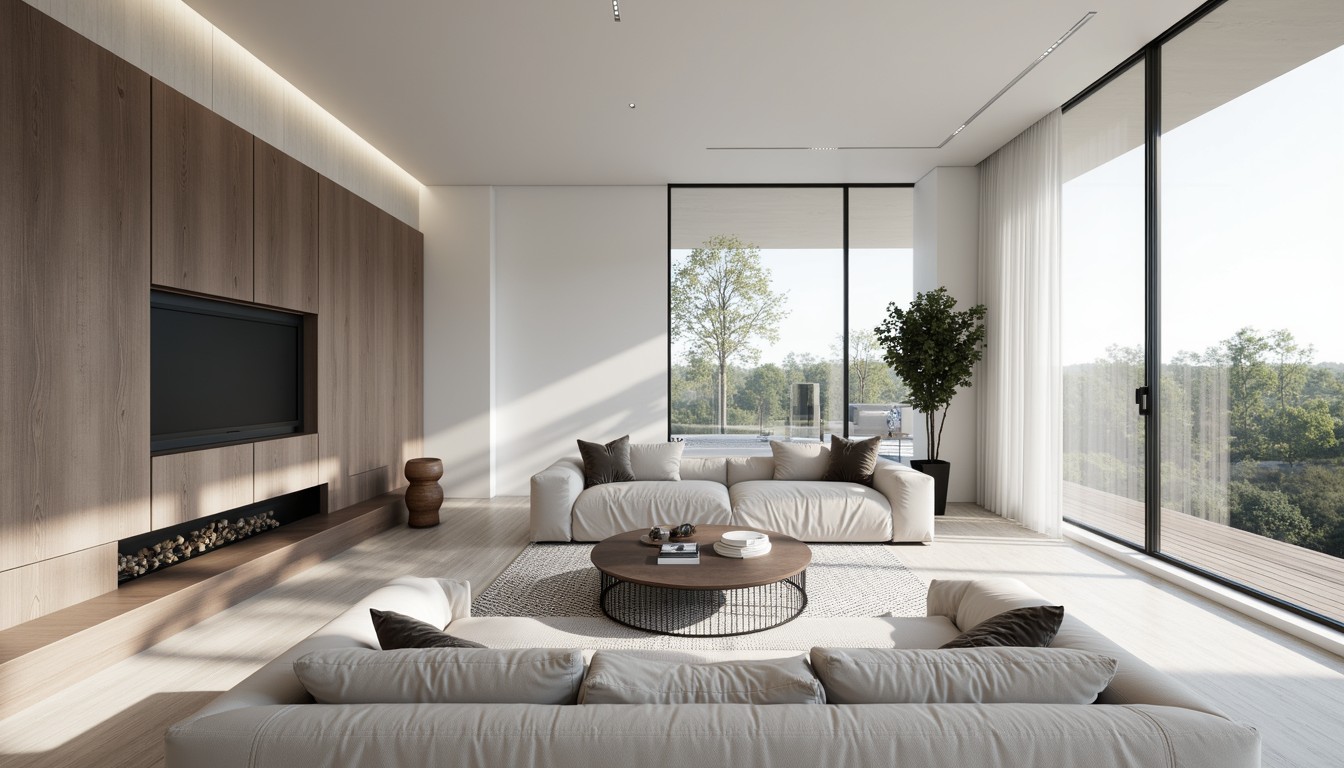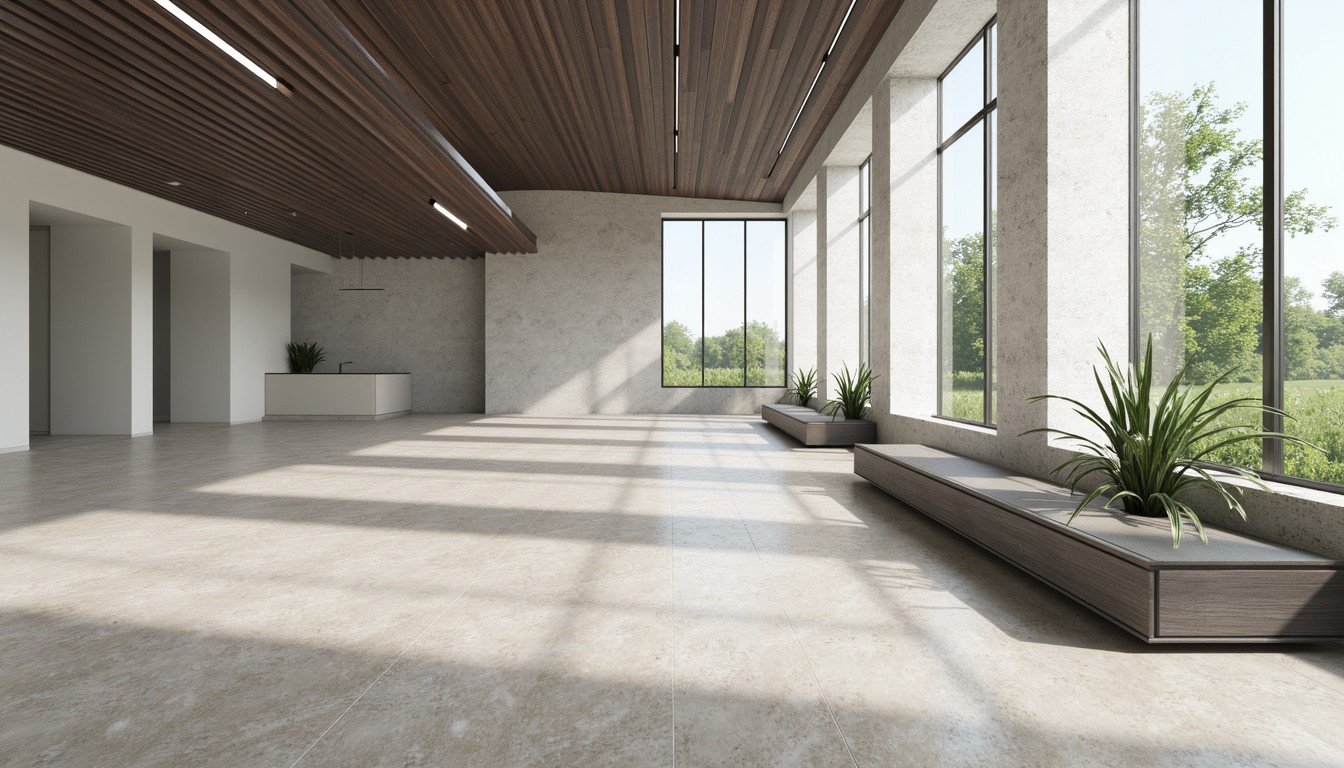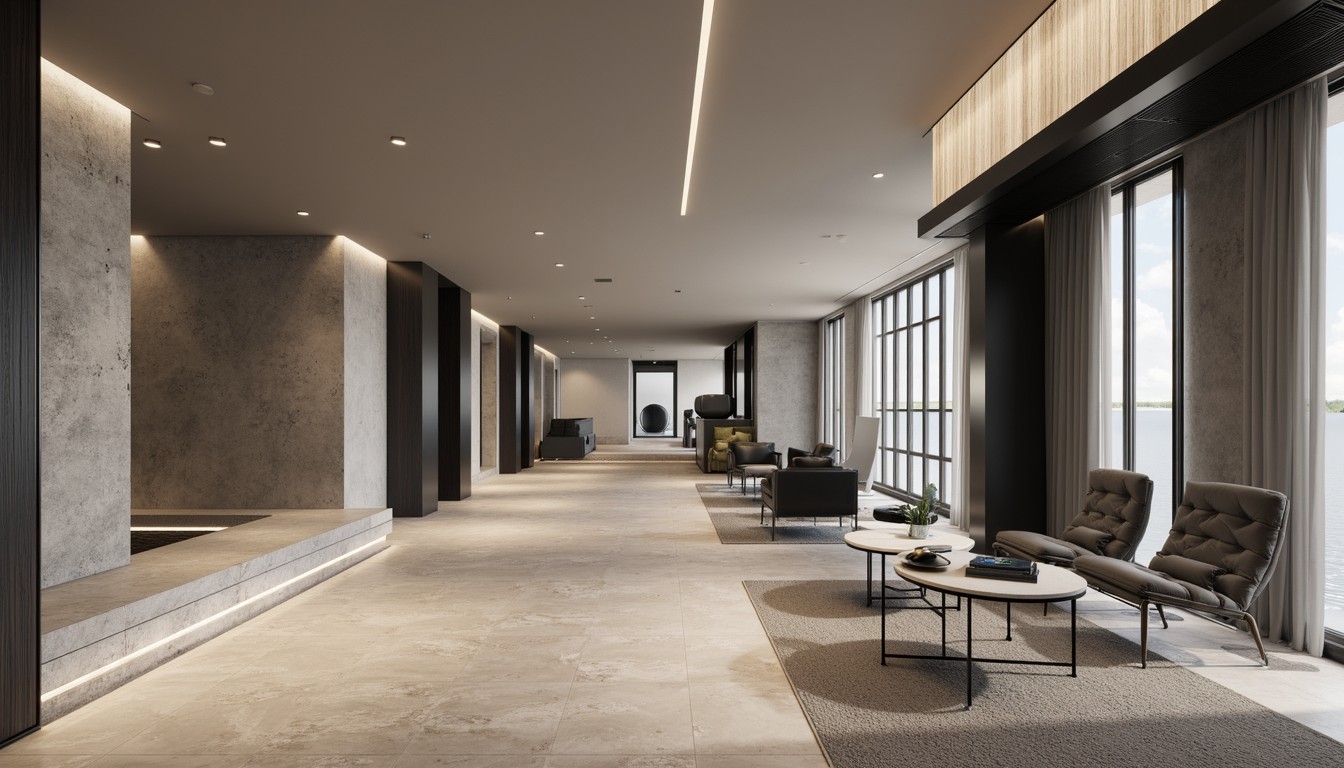VR in Architecture: Designing Tomorrow's Spaces
The architectural landscape is undergoing a dramatic transformation, driven by technological advancements that are reshaping how we design, visualize, and experience built environments. At the forefront of this revolution is Virtual Reality (VR), a powerful tool that's no longer a futuristic fantasy but a practical reality for architects and designers worldwide. ArchNav understands this evolution and leverages the power of VR to deliver unparalleled architectural visualization services.
Immersive Walkthroughs: Experiencing the Design Before Construction

One of the most significant benefits of VR in architecture is the ability to create immersive walkthroughs of proposed designs. Clients, architects, and stakeholders can navigate the virtual space, experiencing the scale, proportions, and ambiance of the building as if it were already constructed. This level of immersion fosters a deeper understanding of the design, enabling more informed decision-making and reducing the risk of costly revisions later in the process. Gone are the days of relying solely on 2D blueprints; VR provides a tangible, interactive experience that transcends the limitations of traditional representation.
Enhanced Client Collaboration and Communication
Effective communication is paramount in architecture. VR facilitates seamless collaboration between architects, clients, and other stakeholders. By sharing the same virtual space, everyone can participate in the design process, providing feedback and making suggestions in real-time. This interactive approach fosters a shared understanding, reduces misunderstandings, and streamlines the entire design workflow. The ability to visualize changes instantly and collaboratively leads to more efficient and satisfying design outcomes, significantly improving client satisfaction.
Early Problem Detection and Design Refinement

VR’s power extends beyond visualization. By immersing designers in the virtual model, they can identify potential design flaws and conflicts early in the process. Issues with spatial relationships, lighting, circulation, and accessibility become readily apparent, allowing for proactive adjustments before they translate into costly construction modifications. This iterative design process, facilitated by VR, significantly enhances the quality and efficiency of the design, resulting in a more refined and functional final product. Imagine detecting a clash between structural elements or poor natural light penetration before a single brick is laid!
Real-World Applications of VR in Architecture
The applications of VR in architecture are diverse and constantly expanding. Here are a few notable examples:
- Residential Design: VR allows clients to experience their future homes before construction, making informed choices about layouts, finishes, and features. It helps bridge the gap between architectural drawings and lived experience.
- Commercial Projects: For large-scale commercial projects, VR provides a platform for stakeholders to review designs, identify potential issues, and collaboratively refine plans, ensuring efficient project delivery.
- Urban Planning: VR enables urban planners to visualize and simulate the impact of proposed developments on the surrounding environment, fostering better-informed decisions that consider community needs and environmental sustainability.
- Interior Design: VR allows interior designers to create immersive visualizations of interior spaces, enabling clients to experiment with different furniture arrangements, color palettes, and lighting schemes before committing to final choices.
- Heritage Preservation: VR can digitally preserve historical buildings and sites, allowing for virtual tours and analysis without physical access, aiding in restoration and preservation efforts.
The Future of VR in Architectural Design

The future of VR in architecture is incredibly promising. As technology continues to advance, we can expect even more realistic and immersive experiences. Improvements in haptic feedback, higher resolution displays, and more sophisticated software will further enhance the capabilities of VR, making it an indispensable tool for architects and designers. The integration of VR with other technologies, such as augmented reality (AR) and Building Information Modeling (BIM), will create even more powerful design workflows.
ArchNav: Your Partner in VR Architectural Visualization
ArchNav is at the forefront of this technological revolution, offering cutting-edge VR architectural visualization services. Our team of expert architects and designers utilizes the latest VR technology to create immersive and engaging experiences that help our clients bring their visions to life. We leverage VR to enhance communication, streamline design processes, and deliver exceptional results. Contact us today to explore how ArchNav can help you design tomorrow's spaces using the power of VR.
